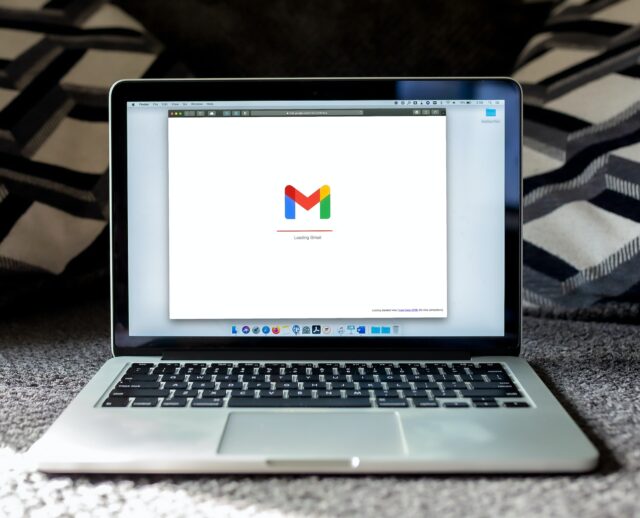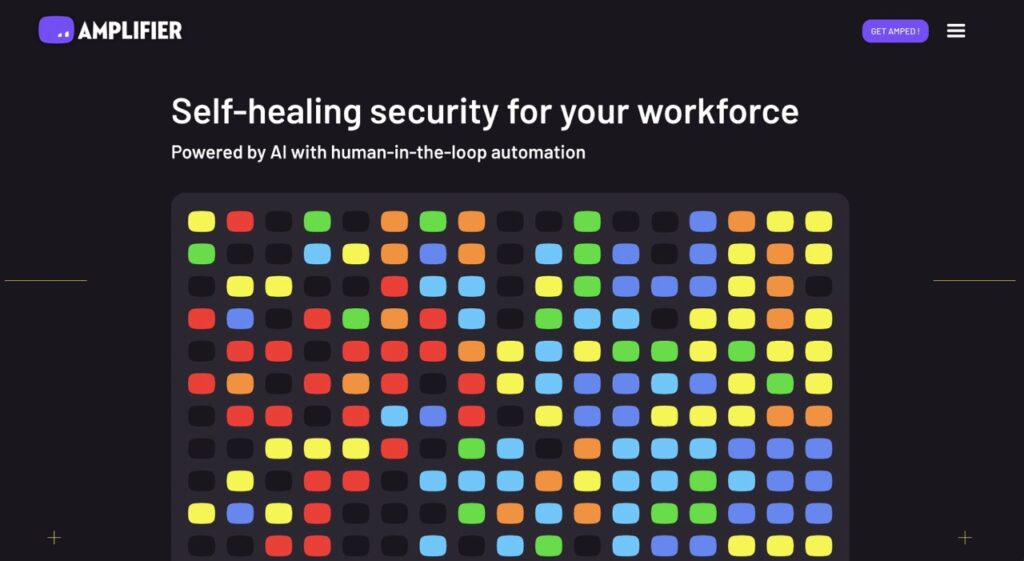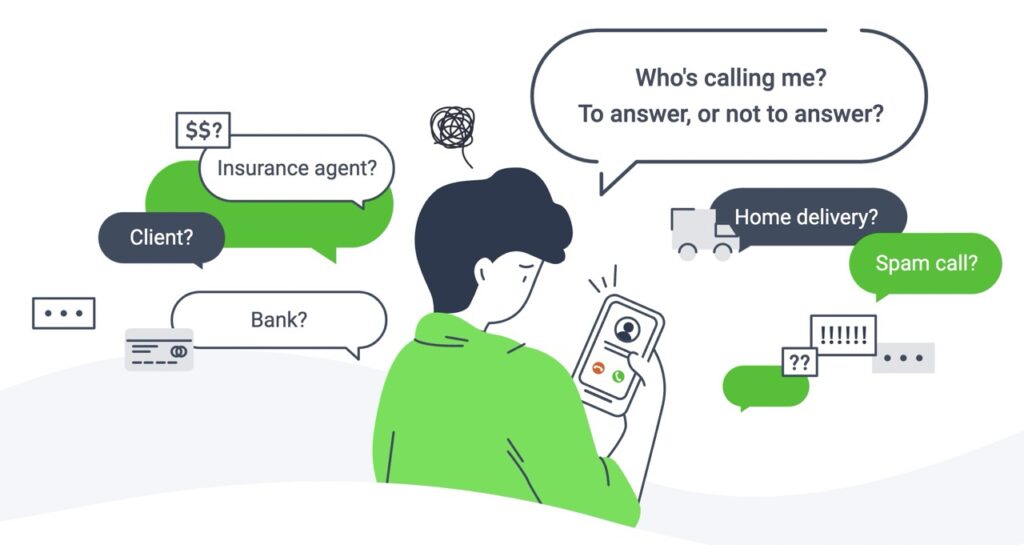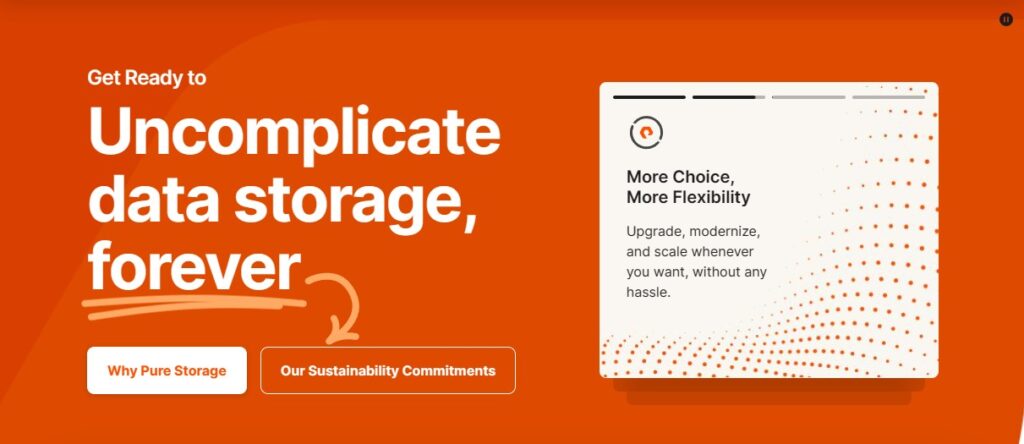Why most note-taking apps fail
5 min read
Many note-taking apps have come and gone. A few of these succeed, but most fail.
By fail, I don’t mean that they necessarily went out of business (although certainly some have). I’m talking about failure from a product perspective. A “failed” note-taking app is one that works against your mind, not with it.
A note-taking app fails when it takes so much time or effort to record something, that you just don’t use it. Or when the recall of your notes is so poor you can never find anything. I would put Evernote in this category, and it’s why they’ve largely lost favor among avid note-takers (despite being the leader for so long).
Successful note-taking apps, on the other hand, should be an extension of your thinking. Not an obstruction to it.
Different ways to succeed, many ways to fail
Everyone wants something different out of a note-taking app. We are all also unique people with different paths and functions in life. We have our own preferences, and our own ideas of what a perfect note-taking app should look like.
Many of them, like Evernote, try to please everyone and end up cramming in many features as possible. Putting too many features in an app not only leads to a terrible user experience. It also hurts the app’s performance. Choosing to “do it all” ruins the two pillars that make a great note-taking app: simplicity and performance.
There are two ways to avoid falling into this trap. The most common is to focus on a very specific niche. When you pick a very defined niche, it’s easy to look at a feature request and say “that isn’t necessary”. The second way is by treating the app as a “taste” company – where the founder acts as a tastemaker, cultivating the ideal product experience under their particular vision.
Technical challenges of note-taking apps
Building a note-taking app is much harder than it seems. The engineers must implement a number of technically challenging features, like syncing, offline work, reliability and security.
The design and UX of a note-taking app is also quite the challenge. How do you format everything so that it’s as frictionless as possible? How do you improve the design without breaking the habits your existing users have built?
All of these things feel relatively easy to tackle, until you have to. Even a company like Evernote, with a large team and massive amounts of funding, fell into this trap. Both the UX and performance of the app became a nightmare years ago.
Growth is the cause of the problem, not the solution
B2C companies are significantly harder to grow than B2B companies. The purchases are much lower in value, the churn is higher and support takes more manpower. All of these things make it harder to grow. And a note-taking app that doesn’t grow, much like any other company, will either have to pivot or die.
To avoid the latter, they often take on funding. But the problem with fundraising is that investors expect a high return on their investment. This necessitates scaling for growth. And ideally doing it quickly.
There are two ways to scale a B2C product quickly:
- a) Add collaborative features (sharing your notes with other people so they can view and edit)
- b) Turning it into a literal B2B product, sold to teams
Evernote, interestingly, has done both of these things. They’re great solutions if your primary objective is scaling revenue quickly. They’re not so great if you’re trying to build a fantastic note-taking app.
There are also two ways to avoid this scaling pitfall. The first is by bootstrapping. Your investors can’t tell you what to do if you don’t have any! It also means you don’t have to generate nearly as much revenue. You can grow linearly.
But bootstrapping is hard, and genuinely might not be an option for some. If you need to raise funds, try raising a community round. This works best when you have an early group of very dedicated users. This will give you a nice cushion to build a great product from.
Main takeaways:
If you’re building a note-taking app, the lesson are:
- Don’t take on VC funding
- Be militant about what features you add
- Overestimate the technical difficulty
- Decide who you are building the app for
If you’re a consumer looking to get the most out of your app, it’s a bit more nuanced. Seek out an app experience built specifically for what you need and want. Don’t feature hunt. Features ≠ performance.
Read more into who is creating the app, and why. See what their philosophy is, and what kind of app they want to move toward. Avoid the flashy new thing, and focus on tools that are looking to have a sustainably growing group of devoted users. Look for an app with a community around it.
If you’re looking for an app that prioritizes simplicity, performance, reliability and security, check out Reflect. We’re a small team of 4 focused on building the best possible note-taking experience that will be around for a long while. Reflect acts as an extension of your brain, prioritizing frictionless thought capture and recall. Your notes are back-linked together – also like your brain!







